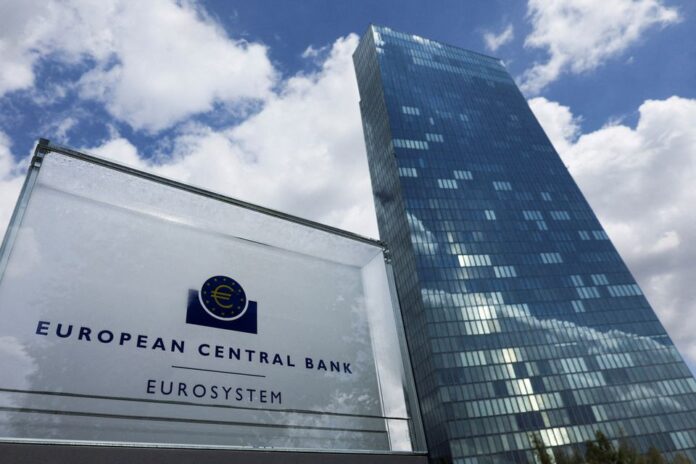European Central Bank officials sparring over when to conclude their historic bout of interest-rate increases will get vital face time to smooth out any differences at their annual retreat this week, according to Bloomberg.
Having lifted borrowing costs by 400 basis points since they last assembled in the Portuguese hillside resort of Sintra, President Christine Lagarde and her colleagues are unsure about how much more they must do to get inflation securely on the road back to 2%.
Another hike in July is all but guaranteed. The question is whether a pause is then warranted to appraise the still-unfolding effects of policy tightening to date, or whether more action is required after the summer break to tackle stubborn underlying price gains.
Weighing on their minds will be recent signs of economic weakness within the 20-nation euro zone, which has already suffered a mild recession.
Developments beyond mainland Europe have been worrying, too. Sticky inflation has left the Bank of England locked firmly in hiking mode, even as a mortgage crisis looms. In the US, the Federal Reserve is signaling more rate increases are likely — despite holding fire at its last meeting.
Most economists expect July’s rise in the ECB’s deposit rate, to 3.75%, to be the last. But after projections for medium-term price growth were revised up a touch this month, more are starting to predict another quarter-point step at the following meeting, in September.
Markets are also leaning toward that scenario, though investors don’t appear to be contemplating moves even further into the future. That’s a prospect that’s only been flagged by Belgian central bank chief Pierre Wunsch, who fears underlying inflation may not abate as quickly as hoped.
There’ll also be a debate about economic forecasts, which were way off the mark as the pandemic reopening and Russia’s attack on Ukraine sent prices soaring.
Most of the attention, however, will be on where euro-area interest rates may settle. While a survey of analysts suggested the ECB will deliver exactly the right dose of tightening, the final stages of the cycle may yet be the toughest.


